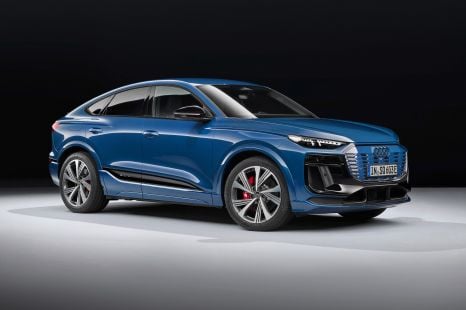

William Stopford
2026 Audi Q6 and SQ6 Sportback e-tron price and specs
4 Days Ago

Contributor
Lexus claims its original RX, launched in 1998, was the world’s first luxury SUV.
While Mercedes-Benz may strongly contest that with its original M-Class, it’s difficult to dispute the fact the RX is at the core of the Lexus line-up today.
With more than 3.5 million sales globally since debut, it’s the brand’s second most popular model locally, and a significant player in a class rife with alternatives, outselling rivals such as the Audi Q7 and Volvo XC90.
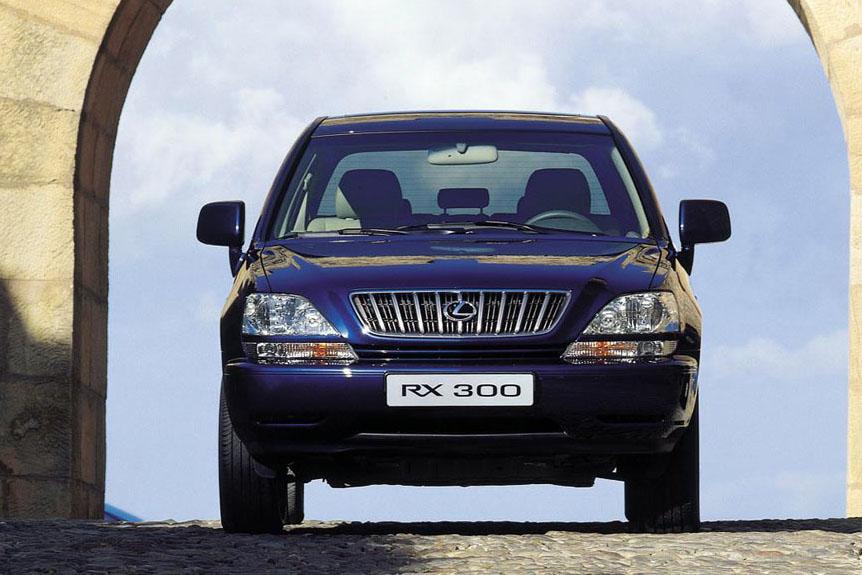
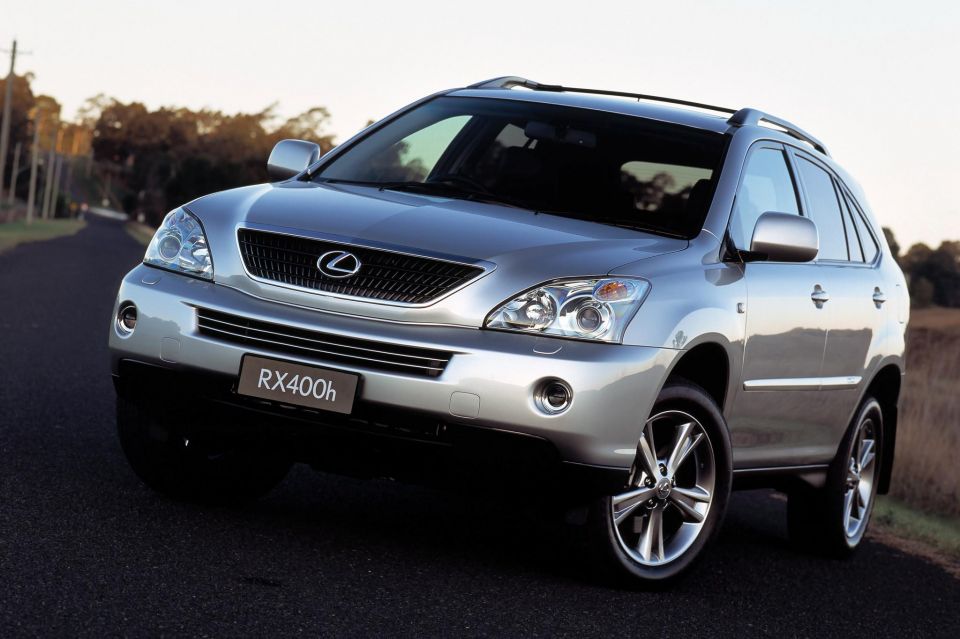

Like core models in the line-ups of other brands, this means Lexus cannot rest on its laurels with a conservative approach that doesn’t move the needle, nor can it alienate buyers with a radical overhaul.
The fifth-generation RX attempts to strike a middle ground in presenting a design that showcases the improved driving performance and new hybrid powertrains added to the RX lineup, whilst also retaining the practicality and spaciousness for which the model is renowned.
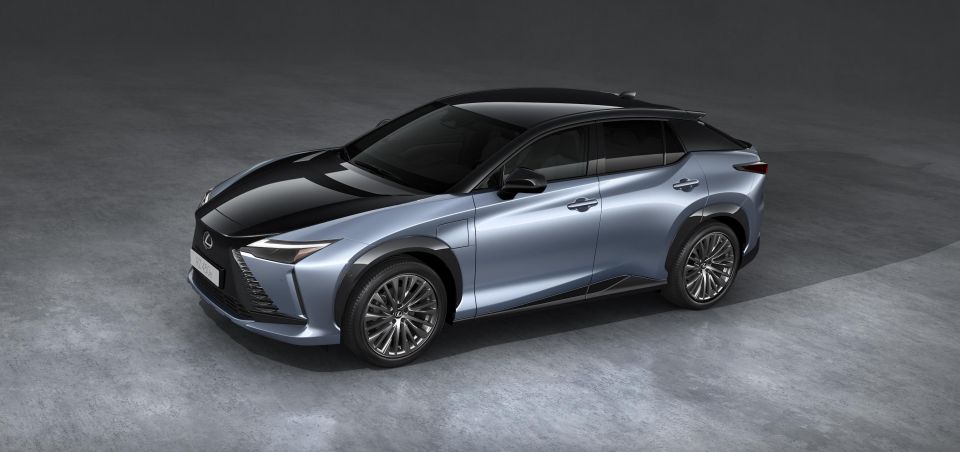
Lexus claims the RX, alongside the recently-revealed RZ battery electric vehicle, represents ‘the next chapter’ in its design story. For the RX in particular, this is exemplified by elements such as the spindle body grille and solid mass design concept.
The RX is launching with a range of electrified powertrains, including powerful hybrid and plug-in variants in the RX500h F-Sport and RX450h+ respectively. To correspond with this, Lexus says the spindle body presents an evolution of the previous, hourglass-shaped spindle grille, in a manner signifying the transition into an electrified future.
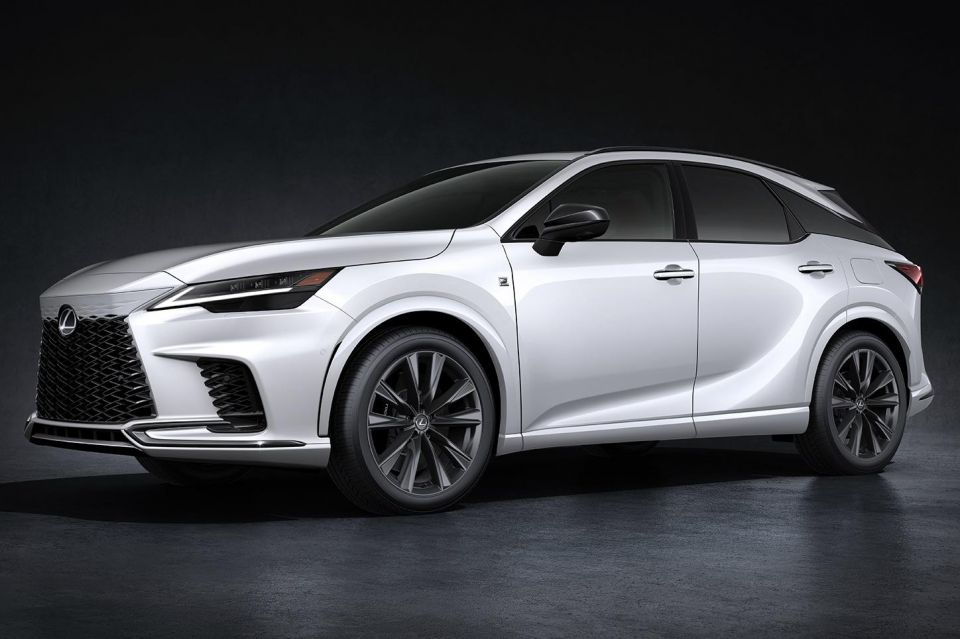
The upper part of the grille is body-coloured (similar to the closed noses on EVs), but is embossed with trapezoidal diamond shapes repeating the motif from the diamond-shaped mesh below. As the eye moves downwards, these embossed forms give way and gradually blend with the grille. The mesh is finished with a lighter accent that, on silver cars, complements the body colour.
The overall effect is that Lexus retains its identity, but in a form meant to hint at the hybrid powertrains in the RX being a half-way point to the closed off spindle shape present in the fully electric RZ SUV.
The solid mass concept is best seen at the rear of the new RX, where a 15mm wider track than the outgoing car creates a more assertive stance. Lexus says this highlights the power developed by the new hybrid drivetrains.
Styling features such as a full-width light bar and diagonal creases lead the eye towards the fake vents on the rear bumper, accentuating the width of the car.

Although the side profile is cleaner than its predecessor and other models in the Lexus range such as the smaller UX, it retains a disjointed appearance caused by a mishmash between curved and sharper, more angular lines.
The D-pillar and rear quarter window curve downwards and give the appearance of a floating roof design, whilst the lower side sills feature another line kicking upwards into the rear doors.
These are bisected by angular lines above the door handles and across the rear haunches that do not bear a relationship to their curved counterparts, creating an inconsistent and inharmonious look.
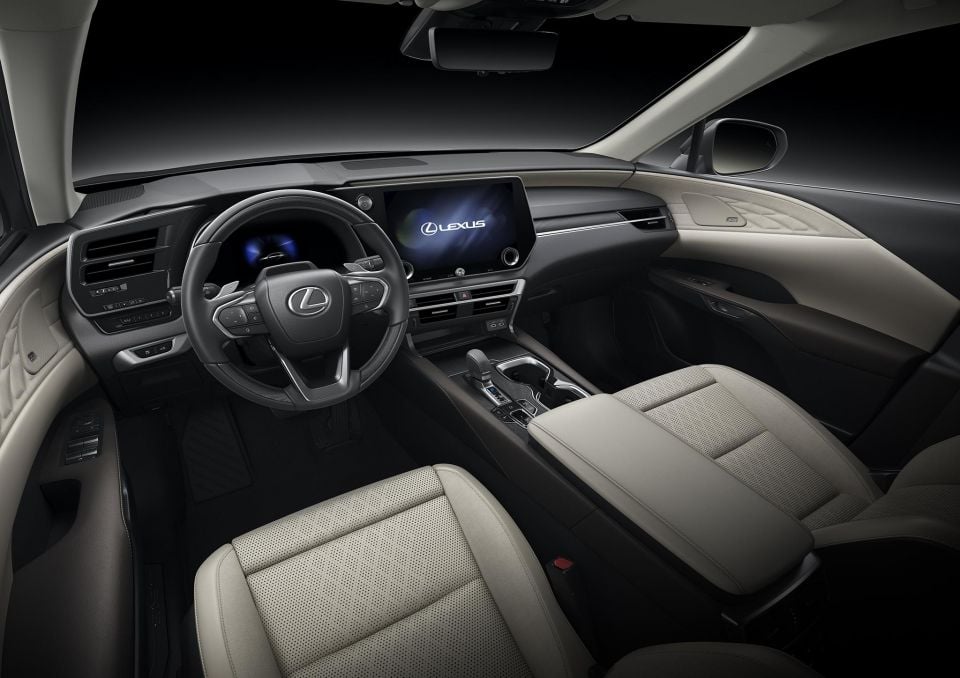
Over the years, Lexus has established a reputation for bulletproof cars that are sensible, refined, but otherwise unremarkable to drive. The iconic LFA supercar turned that perception on its head, and several other F models have provided Lexus with credibility as a manufacturer of genuine performance cars when it chooses to do so.
With the launch of the TNGA platform architecture as the basis of almost all new Lexus and Toyota products, CEO Akio Toyoda has attempted to imbue the Lexus range with more dynamic driving characteristics.
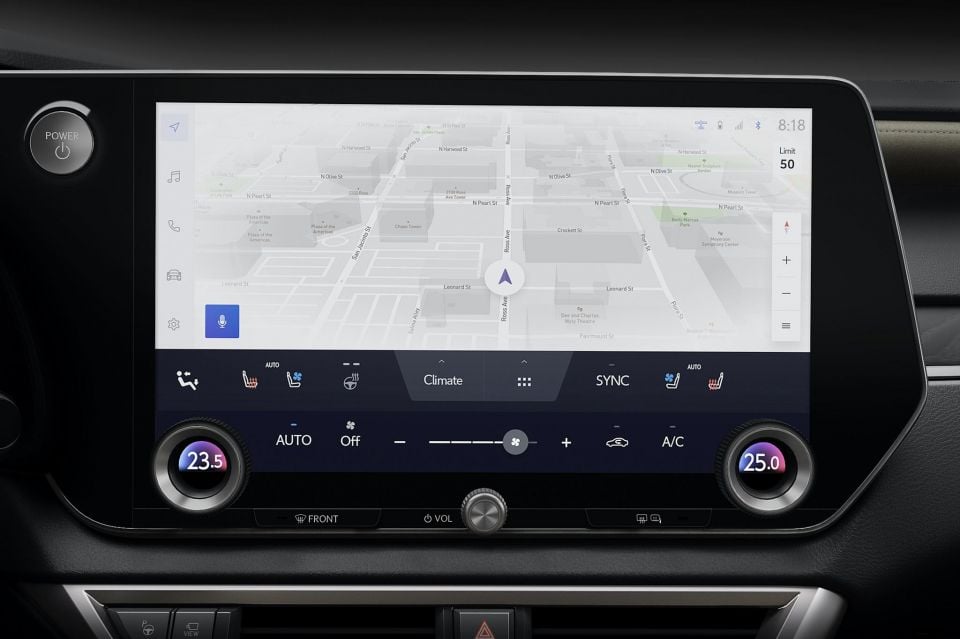
The new RX is no exception, and this flows through to the interior. Lexus claims the word ‘Tazuna’ takes its name from the Japanese term for the ‘reins of a horse’, and is the starting point for a driver-focused cockpit allowing direct and intuitive control.
In practice, this means the digital instrument cluster and infotainment system have been repositioned to sit on one horizontal axis angled towards the driver which, together with the head-up display, minimises head movements, and allows the driver to keep their eyes on the road.

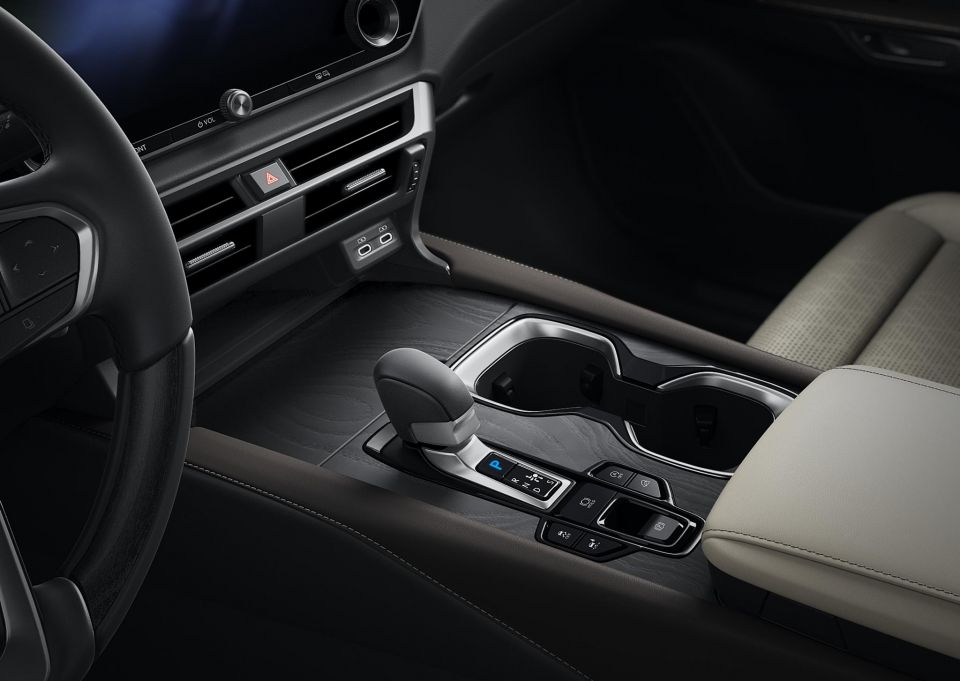
The Remote Touch infotainment system used in older Lexus models has been widely derided for its fiddly nature and confusing menu structure, and the new RX aims to solve this problem by adopting the touchscreen infotainment system from the NX, featuring faster response times and a larger 14-inch display.
However, unlike other cars with integrated air-conditioning and volume controls in the touchscreen, Lexus has only taken this approach part-way. A physical volume knob remains, as do physical dials to change the temperature. The full climate control settings remain only accessible via the touchscreen.
The new RX also features electronically-activated interior door handles that operate through a button, rather than mechanically. Dubbed ‘e-latch’, the system is linked to safe exit assist and the car’s blind-spot monitor, preventing the door from opening if cars or cyclists are approaching.
Like the new NX, the RX also features a much more sophisticated version of the ‘Touch Tracer’ steering wheel controls first introduced in the Toyota Prius.
Through this system, the head-up display directly shows the function on the steering wheel the driver is accessing, further reducing the time the driver has to avert their gaze from the road ahead.
In keeping with today’s more environmentally-conscious society, the RX is also one of the first Lexus models available with an entirely animal-free, vegan leather interior, with black and ammonite sand colours available.
MORE: Everything Lexus RX
Where expert car reviews meet expert car buying – CarExpert gives you trusted advice, personalised service and real savings on your next new car.


William Stopford
4 Days Ago
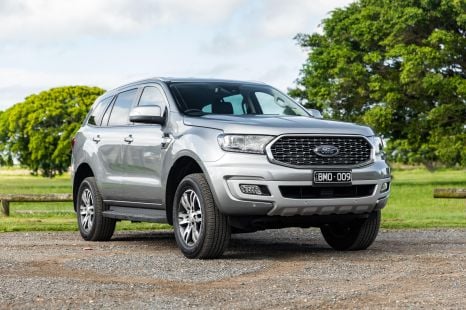

William Stopford
6 Days Ago
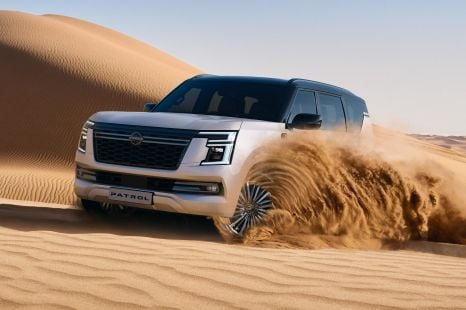

James Wong
9 Days Ago
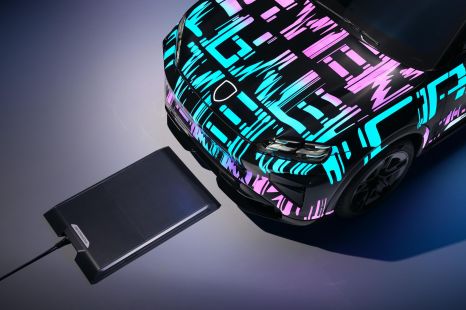

Derek Fung
13 Days Ago
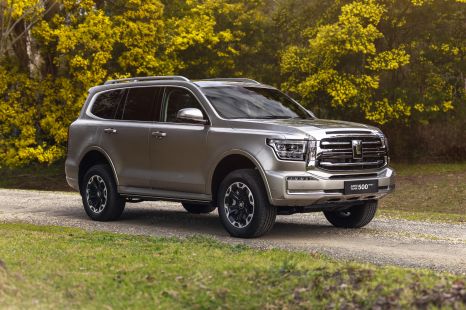

William Stopford
14 Days Ago
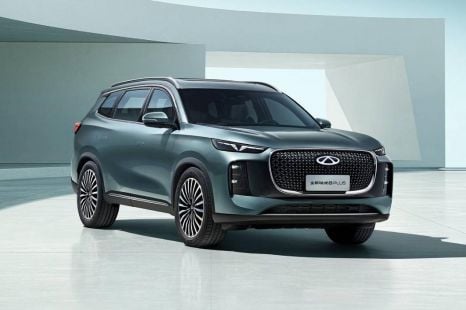

William Stopford
21 Days Ago